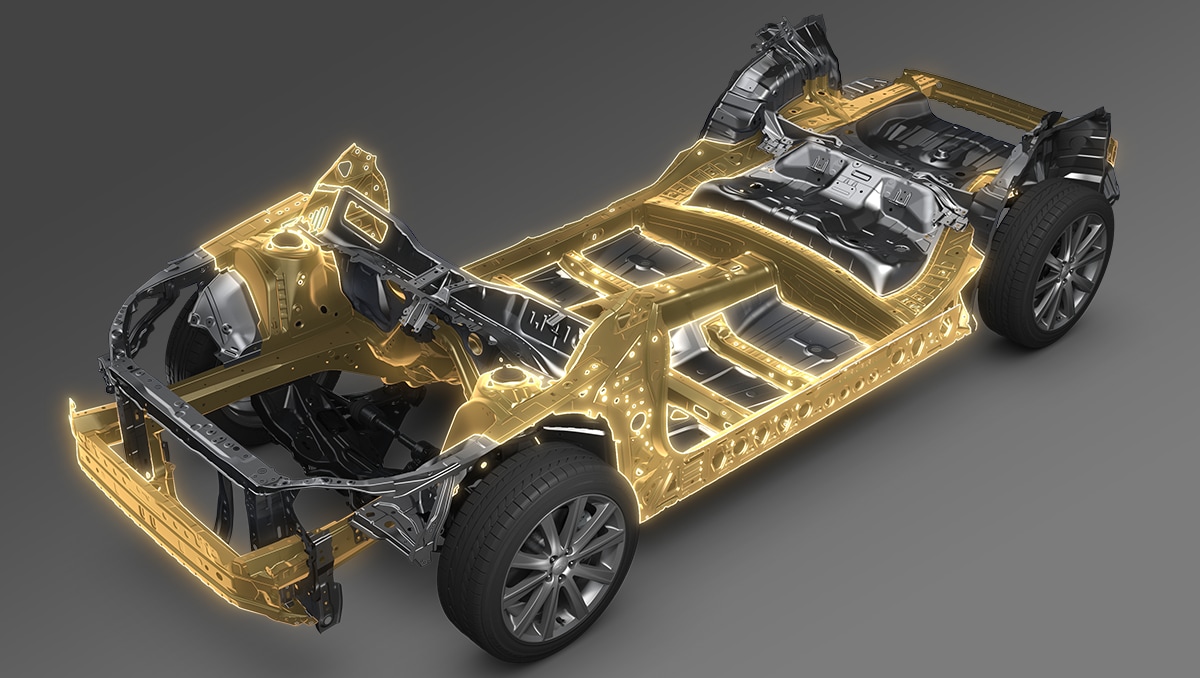This question keeps coming up over and over again. So, here's the answers and explanations.
Subaru says not to:
![4350 4350]()
E-Trailer says not to:
Everyone but unknowledgeable salespeople says not to.
Do NOT let some unknowledgeable salesperson make a few bucks on you and damage your Ascent's unibody.
"...rely on leverage to work properly..."
Same thing applies to mechanical sway bars - thus, do NOT use them.
MORE INFO:
The Ascent is literally designed to have tongue weight loaded onto the back. Other vehicles (such as big pickups) are designed to have the weight distributed across as much of the vehicle as possible, which is the other reason why the recommend weight distributing hitches.
- To NOT damage your Ascent, don't use a WDH.
- Otherwise, if you want to damage your Ascent, get the WDH.
The Ascent Unibody
is NOT designed for a WDH.
is NOT designed for a WDH.
Subaru says not to:
E-Trailer says not to:
"I called my contact at Progress Manufacturing (creator of Equalizer and FastWay Weight Distribution products) to pick his brain on this topic. He explained that weight distribution (WD) and sway control products rely on leverage to work properly, which requires the body of the vehicle to be rigid enough to withstand the force. Unibody vehicles are typically not as strong or rigid and therefore cannot typically handle the same loads and stresses of a body-on-frame or ladder-style frame vehicle when it comes to towing and using WD or sway control."
Everyone but unknowledgeable salespeople says not to.
Do NOT let some unknowledgeable salesperson make a few bucks on you and damage your Ascent's unibody.
"...rely on leverage to work properly..."
Same thing applies to mechanical sway bars - thus, do NOT use them.
MORE INFO:
- SUBARU ASCENT:
If a vehicle is a unibody frame design, it does NOT have a separate frame at all. It has a bunch of "frame" rails built into the cabin body (uni-body, unified frame and body), and some frame support pieces (subframes) for drivetrain. Unless a vehicle is SPECIFICALLY DESIGNED FOR a Weight Distributing Hitch, one should NEVER EVER be used on it. Subaru uses a unibody design that is NOT designed for a WDH or any type of sway/wdh setup. And, YOU DON'T NEED ONE because of the anti-sway and loading designs of the Ascent.
The rear axle (GAWR-R) load rating is higher than the front (GAWR-F) even though the Ascent at the curb is front weight biased (54%/46%), because it's designed to carry tongue load on the rear.
Photo of Subaru Global Platform Unibody design platform base. There is no end to end singular frame piece from front to back.
![Image]()
.
.
. - BODY ON FRAME:
If a vehicle is a body-on-frame design, it means it has a full frame, from bumper to bumper, that can transfer weight from front to back.
![Image]()
The Ascent is literally designed to have tongue weight loaded onto the back. Other vehicles (such as big pickups) are designed to have the weight distributed across as much of the vehicle as possible, which is the other reason why the recommend weight distributing hitches.








